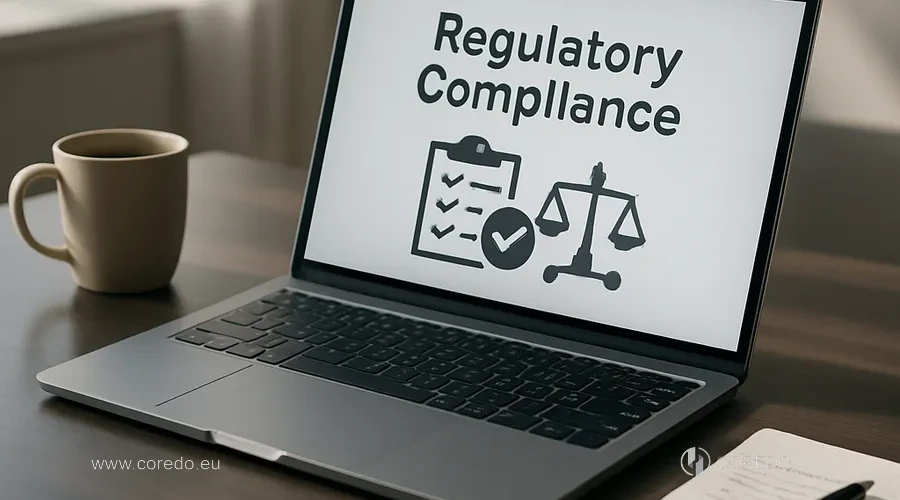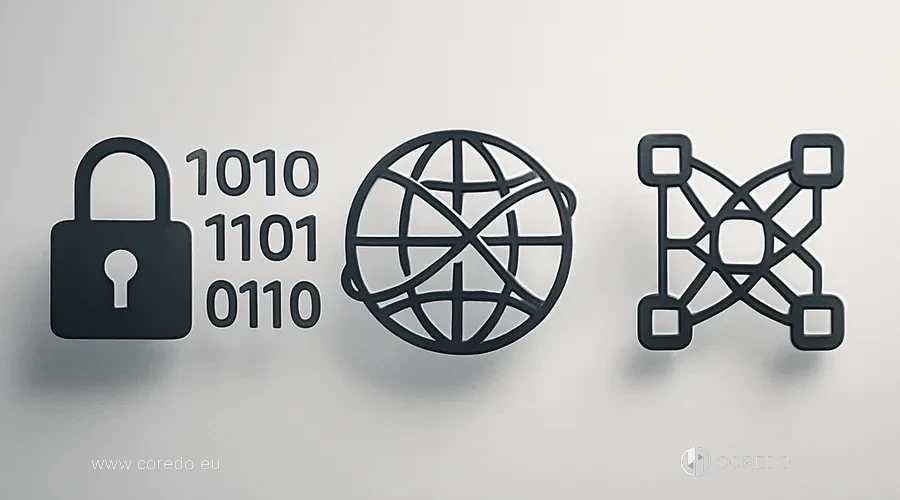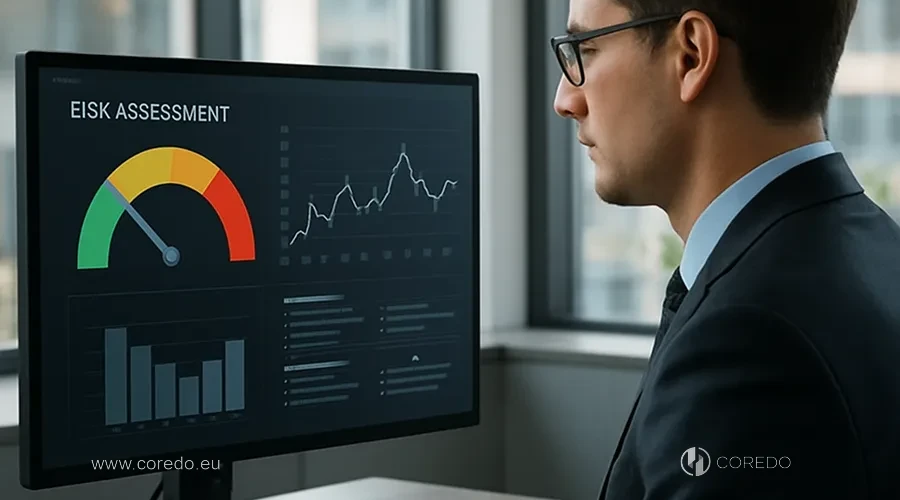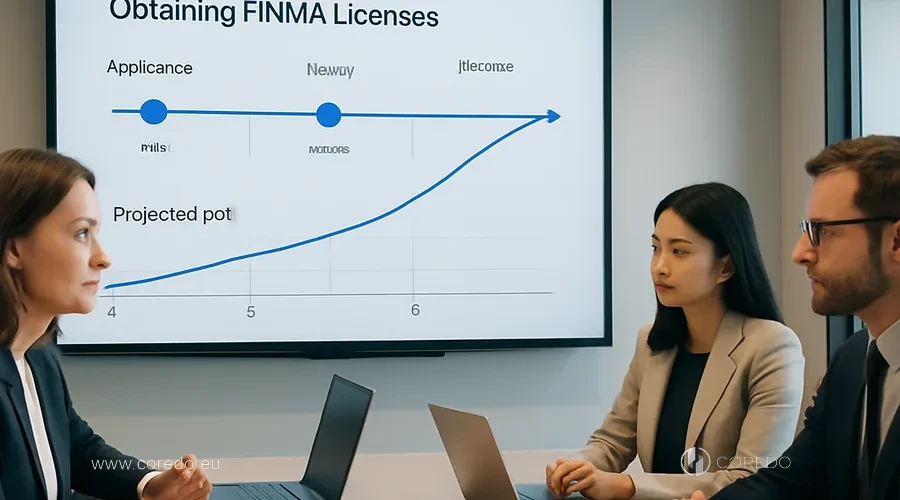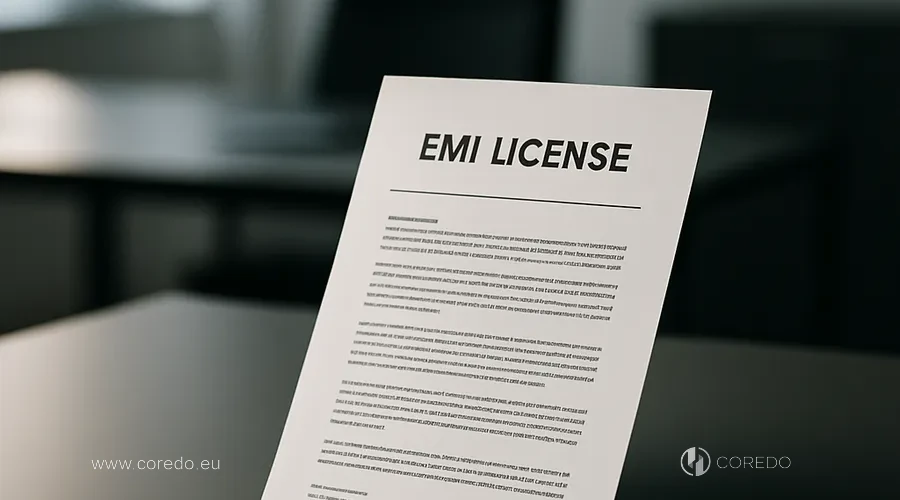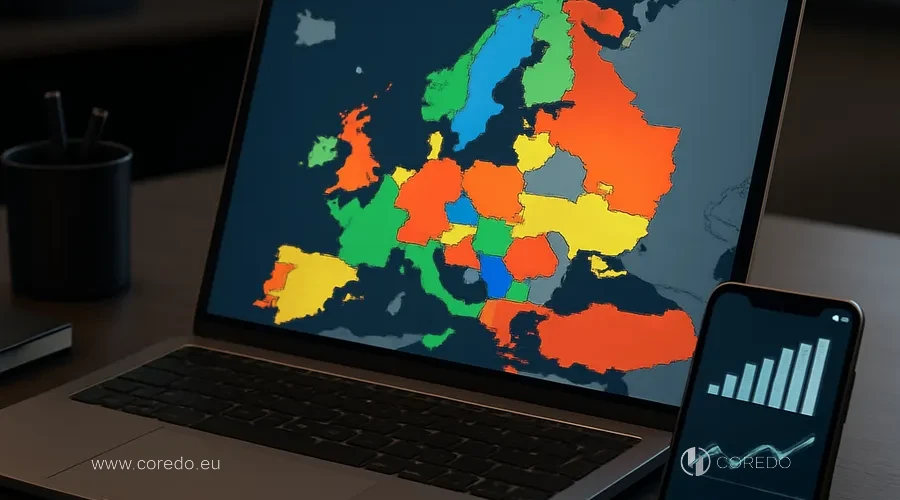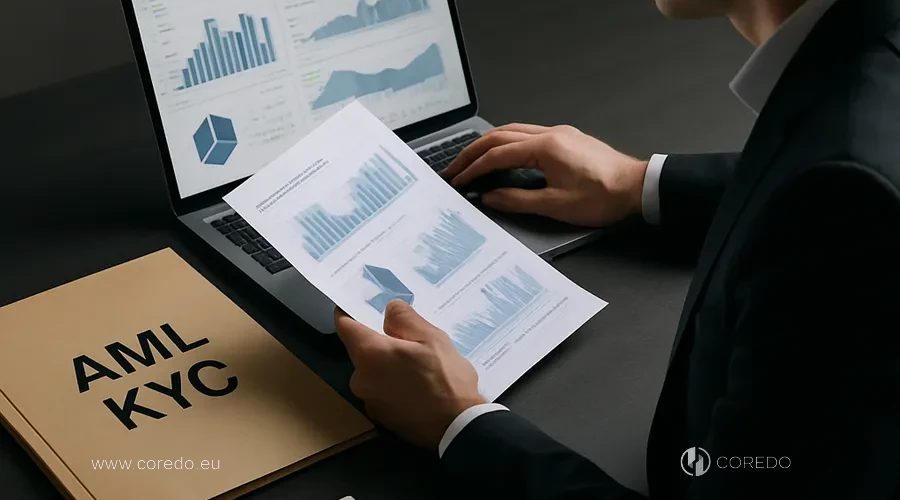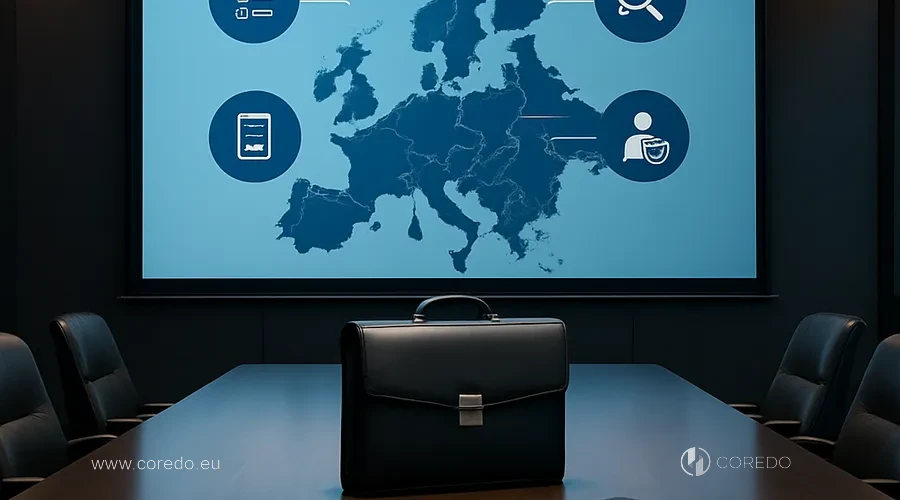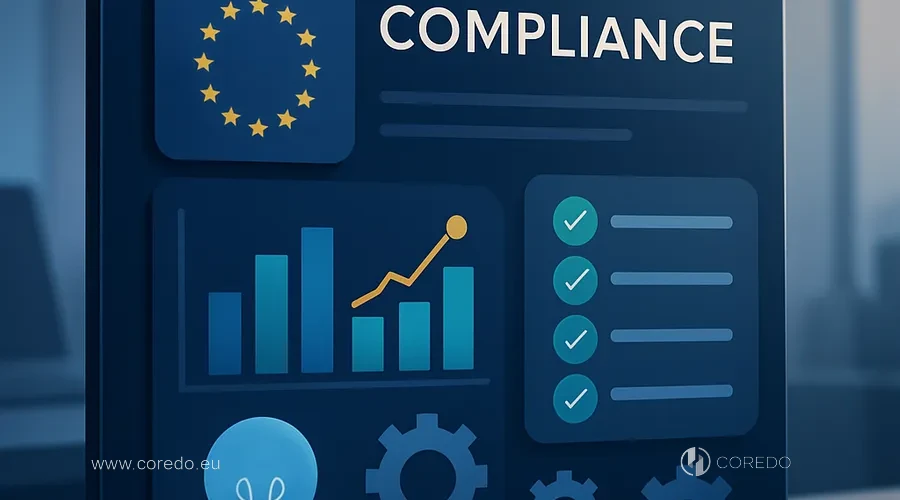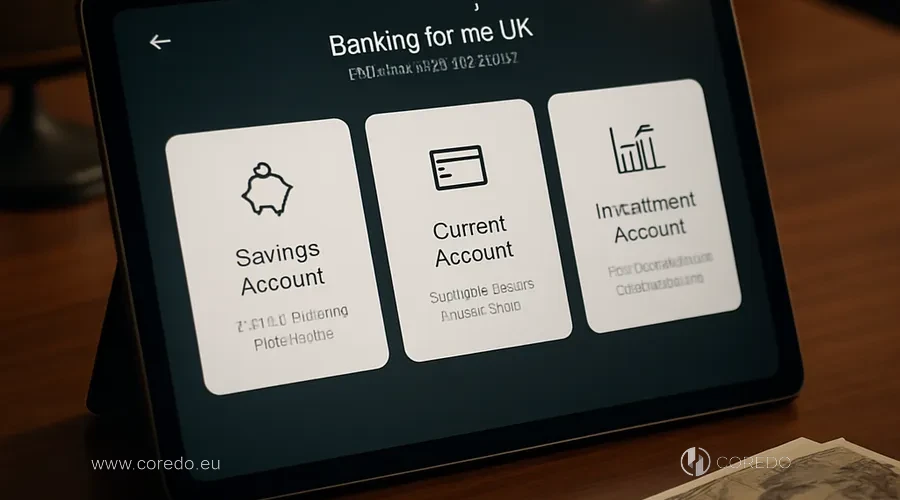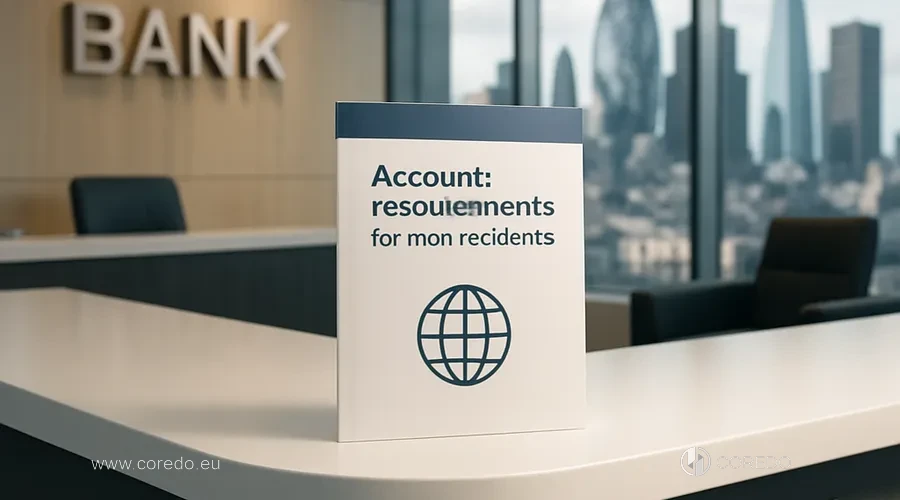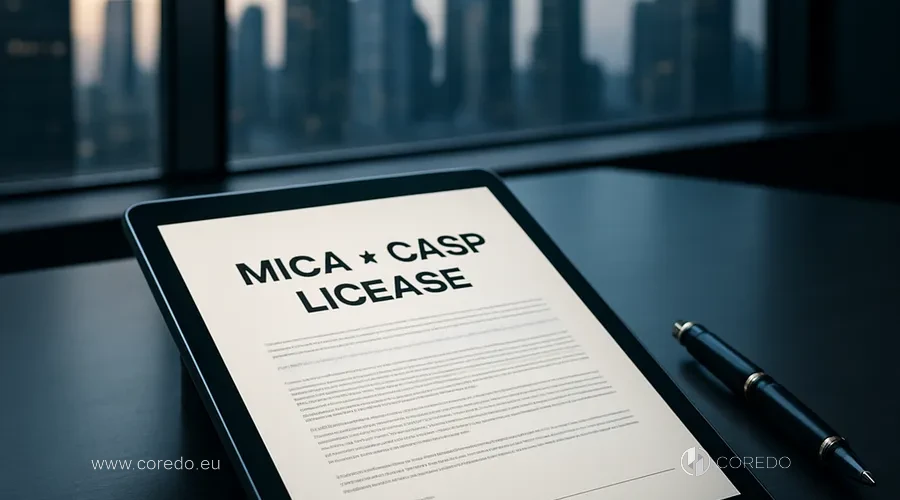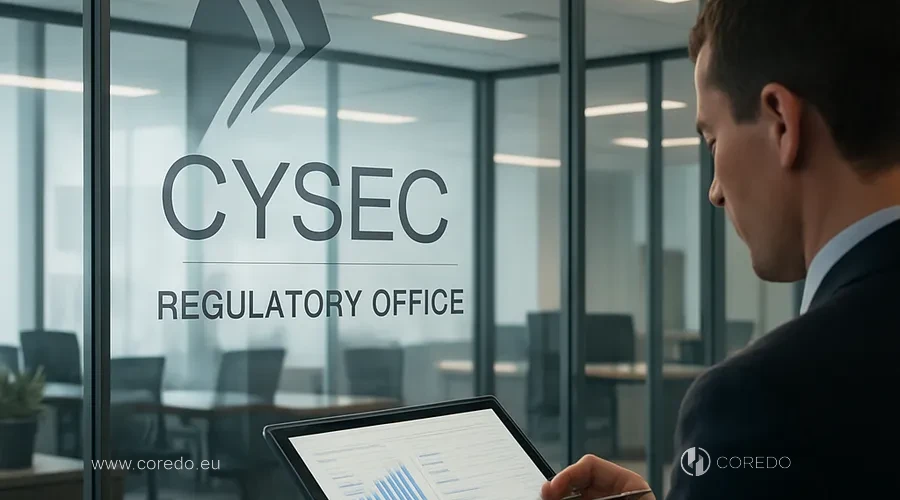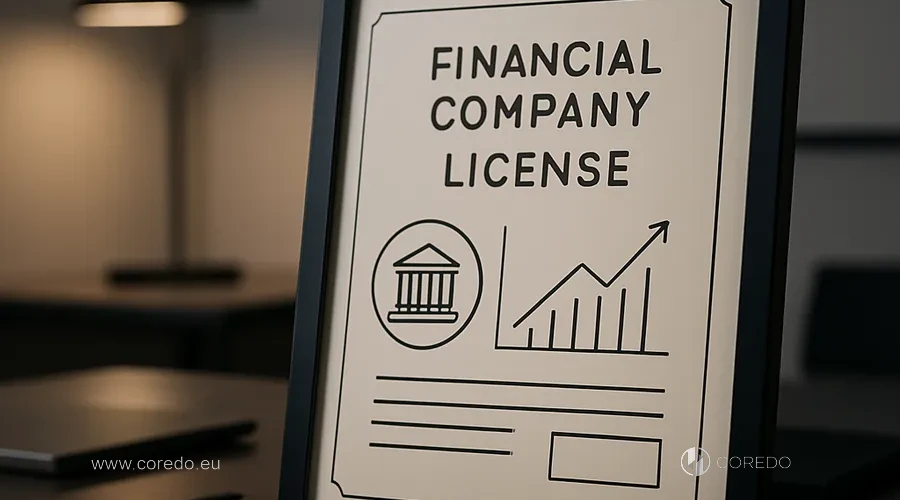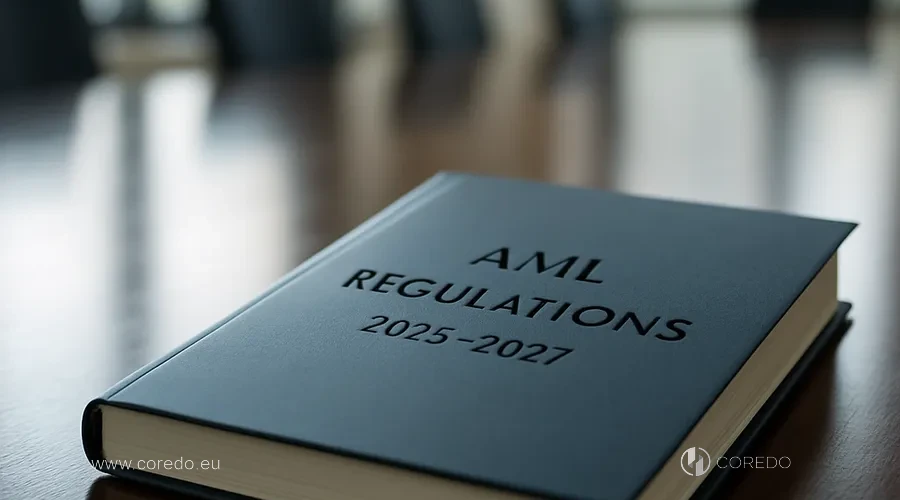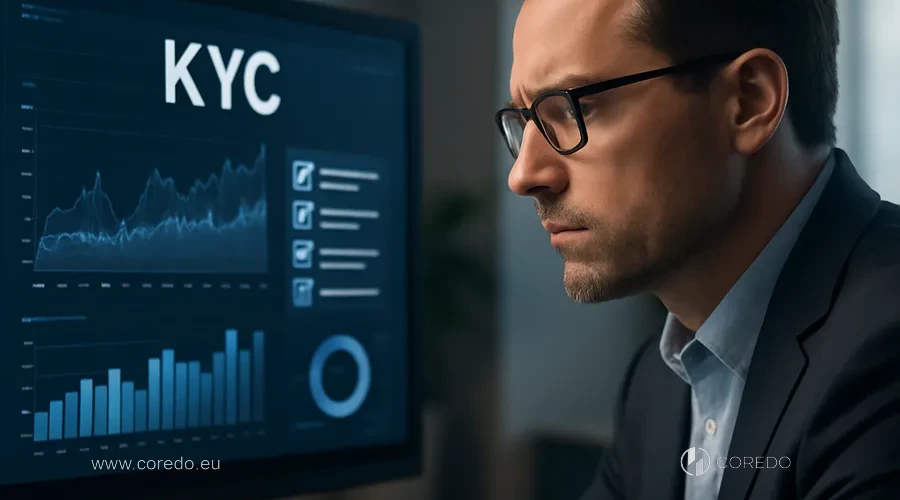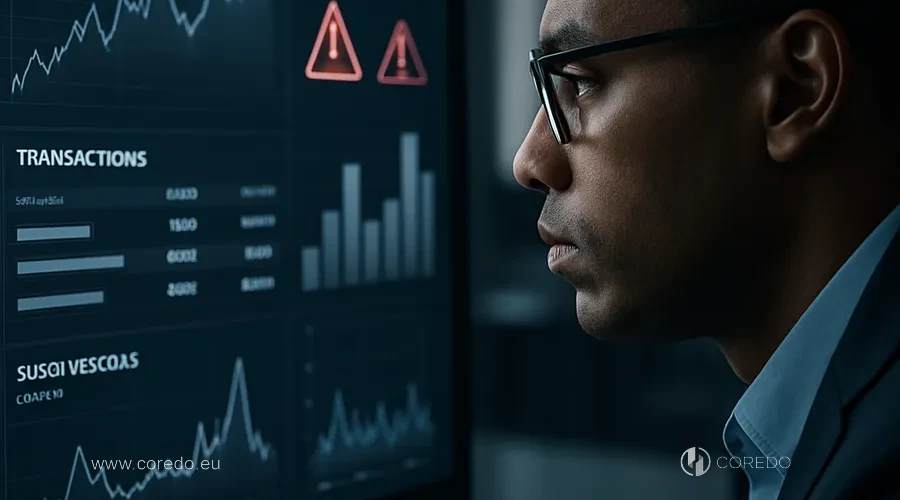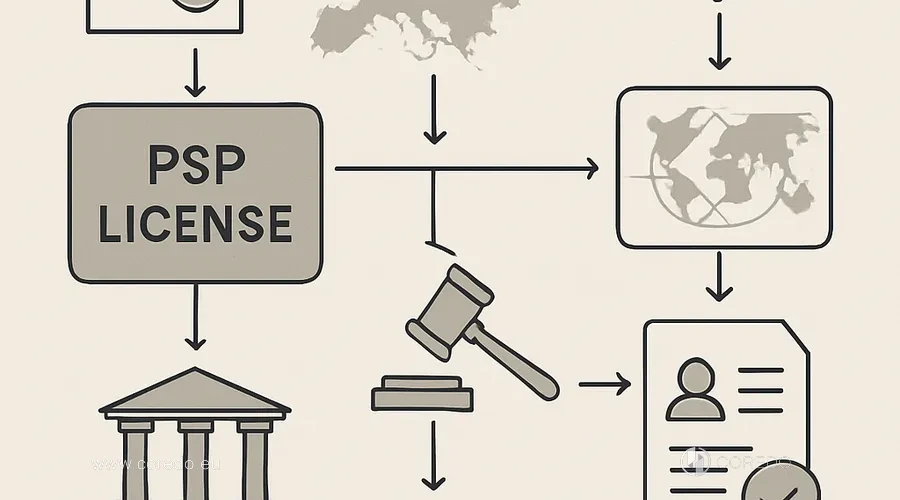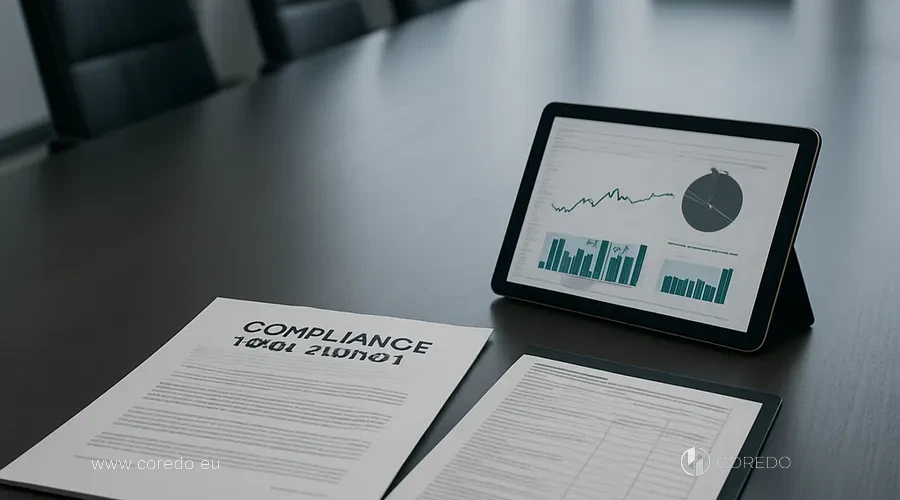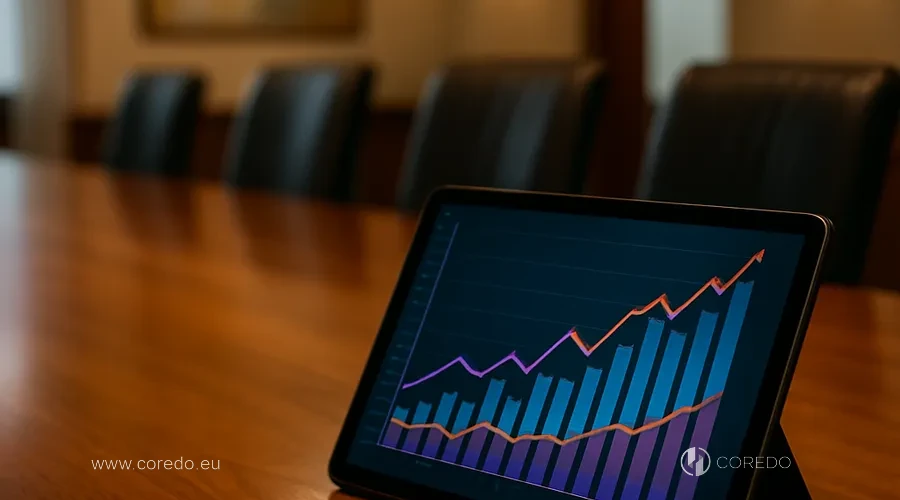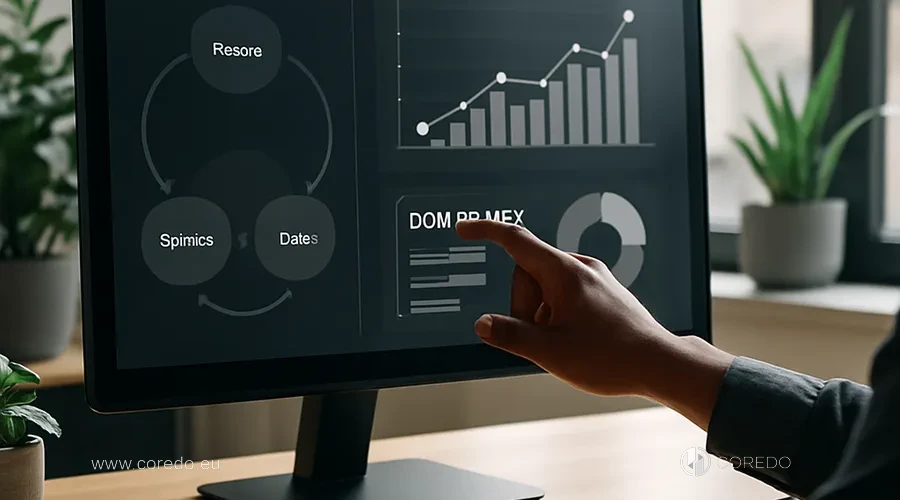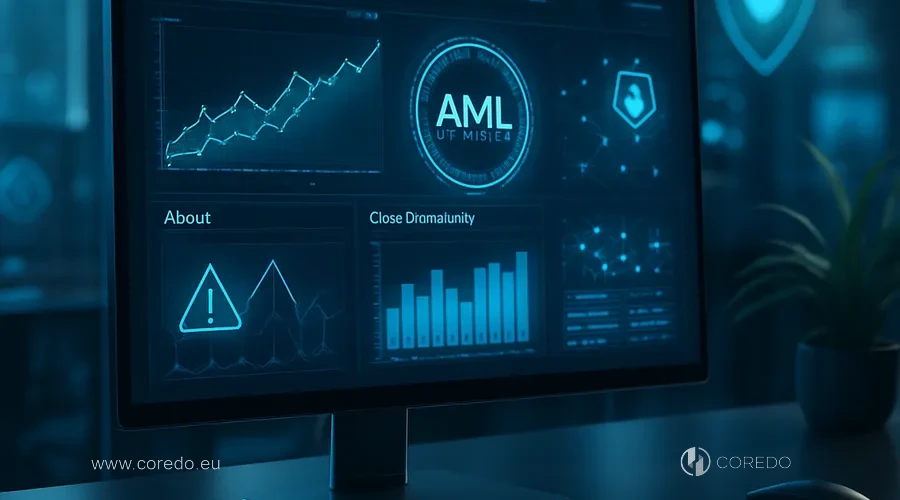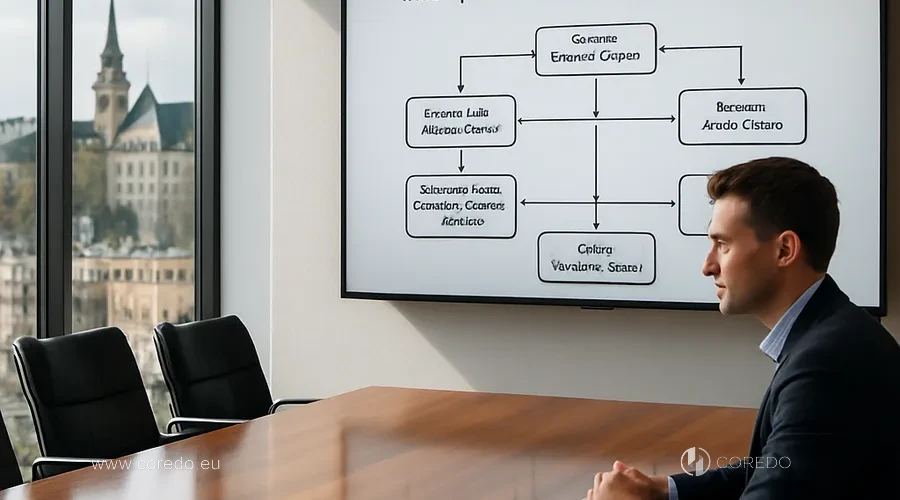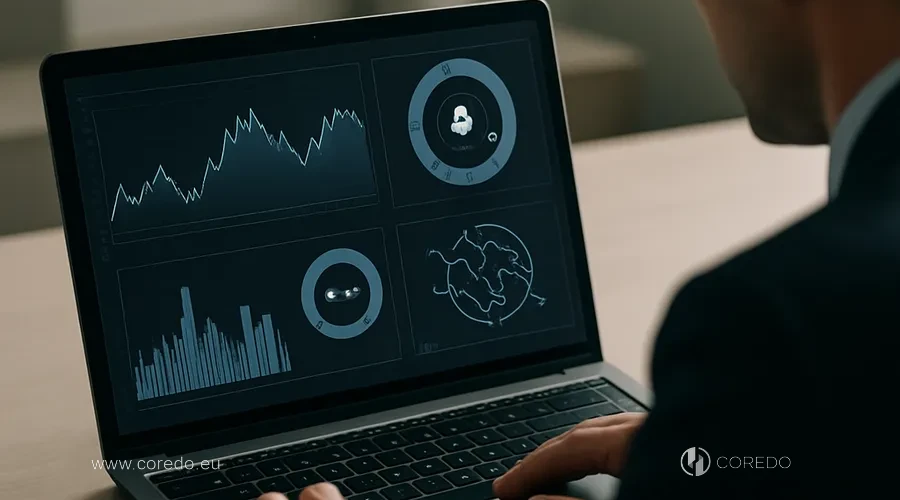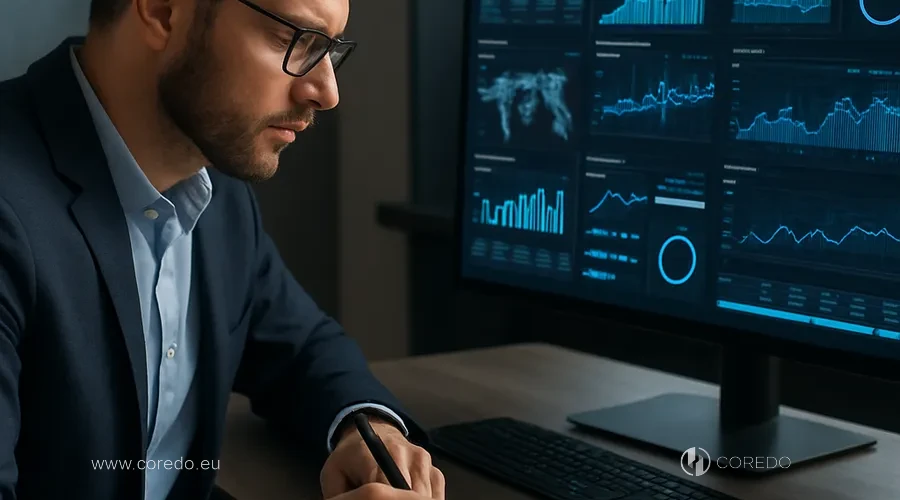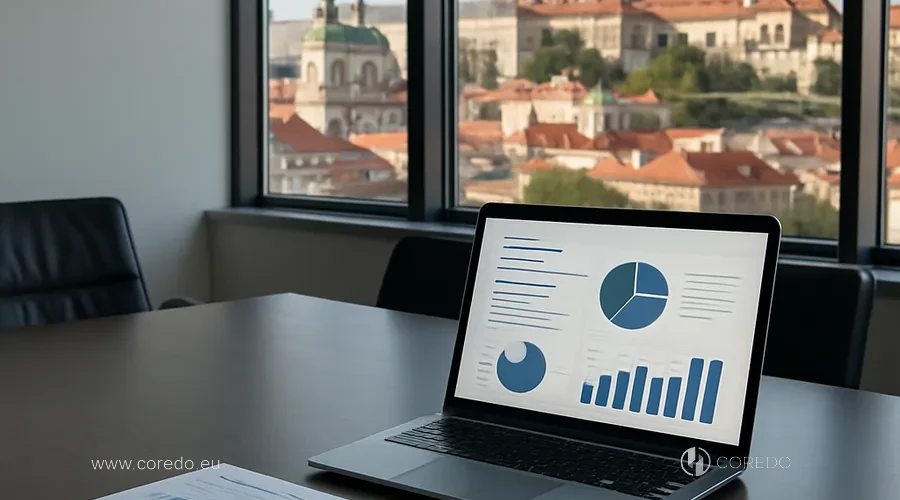In modern fintech, every mistake in risk management can cost not only millions, but also the very opportunity to enter the market. According to recent Deloitte research, up to 68% of international fintech companies face significant legal and compliance risks already at the scaling stage, and 42% of startups lose investments due to insufficient transparency or weak
Due Diligence. Why do even the most technological solutions collapse for no reason? How can you ensure legal security, investor trust, and sustainable growth under the strict regulatory requirements of Europe and Asia?
This article is not just a theoretical overview, but a practical guide based on the experience of COREDO in supporting fintech businesses in the markets of the EU, Singapore, the UK, the UAE and the CIS. I will explain how to build a Due Diligence system that will become not a burden, but a driver of growth and scaling. If your goal is to take the company to a new level, avoid fines and increase investment attractiveness, I recommend reading to the end: here you will find answers that really work.
Due diligence for fintech companies: what does it mean?

Due Diligence: definition and essence for fintech companies, it is a key procedure of comprehensive business review that makes it possible to obtain an objective picture of its financial condition and identify critically important risks and development opportunities. For fintech companies, a well-constructed due diligence becomes the foundation for market resilience, investment and long-term partnerships.
Due Diligence is not just a check, but a comprehensive systemic assessment of the financial, legal, technical and operational condition of a business. In fintech, Due Diligence takes on special significance due to the high market dynamics, the specifics of digital products and multi-level regulatory requirements.
In COREDO’s practice we distinguish several key types of Due Diligence:
- Financial Due Diligence: an in-depth analysis of financial statements, cash flows, debt load and investment risks.
- Legal Due Diligence – examination of licenses, contracts, ownership structure, litigation risks and compliance with standards (GDPR, AML, PSD2, etc.).
- Technical Due Diligence – audit of IT infrastructure, cybersecurity, platform scalability, technical debt.
- Operational Due Diligence – assessment of business processes, internal controls, corporate governance and compliance.
In the fintech industry Due Diligence is not a one-time check but a continuous risk management tool that allows identifying vulnerabilities and preventing financial, legal and reputational losses before they become critical.
Why Due Diligence matters for fintech
Fintech companies operate under heavy regulatory pressure: AML, KYC, GDPR, PSD2, MiFID II and local standards are constantly tightening. Any compliance mistake can lead to multi-million fines, account freezes, license revocations and loss of investor trust.
COREDO has repeatedly encountered cases where lack of proper due diligence led to payment blocks, investigations by regulators and the collapse of M&A deals.
Due Diligence is not only protection against fraud and money laundering, but also a tool to increase transparency, investment attractiveness and company value. It is the comprehensive review of a business that builds trust with partners and investors, makes it possible to minimize
legal risks and ensure sustainable development in the international environment.
Components of Due Diligence in Fintech

The key components of Due Diligence in fintech are the foundation of a comprehensive review that helps investors and partners objectively assess a business, identify hidden risks, and ensure transparency across all processes. In fintech, individual review blocks take on particular importance, each revealing a critically important aspect of a company’s resilience and reliability.
Financial Due Diligence: analysis of stability
Financial Due Diligence begins with an in-depth analysis of financial statements: the balance sheet, the profit and loss statement, and the cash flow statement. At COREDO we apply methods to assess debt burden, analyze creditworthiness, identify hidden liabilities, and evaluate ROI metrics for each project.
We pay special attention to financial modeling and forecasting: this allows us to identify potential cash gaps, assess investment profitability, and prepare the company for scaling or capital raising.
A comprehensive business review at this stage helps not only to reduce investment risks but also to increase transparency for potential partners.
Legal Due Diligence: protection against risks
Legal Due Diligence covers the review of licenses, permits, analysis of corporate agreements, ownership structure, litigation, as well as compliance with GDPR and AML requirements.
Solutions developed at COREDO include intellectual property audits, corporate governance analysis, and identification of potential legal obligations across different jurisdictions.
For fintech, verification of compliance with EU and Asian standards is particularly important, since the slightest violation can result in operations being blocked or a license being revoked.
Technical due diligence: evaluation of IT infrastructure
Technical Due Diligence in fintech is not just an audit of IT systems, but a comprehensive assessment of architecture, cybersecurity, scalability, and technical debt.
The COREDO team has implemented projects where technical audits identified critical vulnerabilities that could lead to data breaches and violations of ISO 27001 or SOC 2 standards.
Technical Due Diligence not only reduces the risks of digital transformation but also increases investment attractiveness through transparency and infrastructure reliability.
Due Diligence: Analysis of Business Processes
Operational Due Diligence includes analysis of key business processes, internal control systems (ERM), compliance, human resources management, as well as evaluation of suppliers and partners.
COREDO’s practice confirms: operational risks often cause failures during scaling and integration of new business lines.
A comprehensive assessment of business processes makes it possible to identify weaknesses and optimize corporate governance.
AML and KYC in Due Diligence for fintech
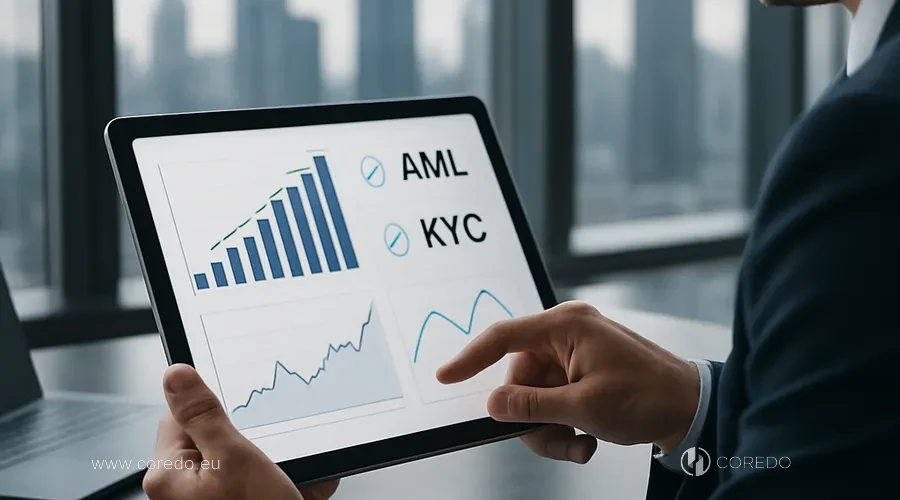
AML and KYC: these are fundamental components of comprehensive customer due diligence that fintech companies must implement to comply with international standards and protect against financial crimes. Due Diligence procedures in the financial sector are impossible without the proper organization of these integral parts, as they provide both client identification and continuous monitoring of their activity. In the practice of Russian fintech companies, refusing to implement
KYC and AML can lead to criminal prosecution even when the organization operates legally.
Anti-money laundering procedures: mandatory requirements
AML services: this is not a formality, but a mandatory requirement for entering the EU, Asia and the Middle East markets.
Fintech Due Diligence at COREDO always includes the implementation of anti-money laundering standards, monitoring of suspicious activity, and client identification and verification.
In the EU and Singapore, regulators require not only the implementation of AML procedures, but also regular reporting, cooperation with regulators, and compliance with international standards (FATF, 6AMLD).
Violation of AML requirements threatens not only fines but also criminal liability for management.
Know Your Customer (KYC): client verification
KYC in fintech: this is a multi-level Customer Due Diligence system, including identification, document verification, analysis of sources of funds, and continuous monitoring of transactions.
COREDO implements automated solutions for KYC, including biometric verification, big data analysis, and integration with international databases.
Best KYC practices not only reduce fraud risks but also improve the speed and quality of customer service, which is critical for scalable fintech platforms.
Stages of Due Diligence in Fintech

The stages of conducting Due Diligence in fintech are a systematic approach to reviewing and evaluating a business before a deal or investment. Proper planning and preparation make it possible to identify key risks and form an objective view of the company.
Stage 1: Planning and Preparation
Any Due Diligence begins with strategic planning: defining objectives, the scope of the review, assembling a team of experts, and developing a plan that takes industry specifics into account.
At COREDO we always define KPIs and evaluation criteria so the process is transparent and manageable.
Information Gathering and Vulnerability Assessment
At this stage we collect and analyze financial, legal, and technical documentation, test IT systems, interview key personnel, and analyze the competitive environment.
Verifying data and documents makes it possible to uncover hidden vulnerabilities and lay the groundwork for further analysis.
Risk Analysis and Assessment
All identified risks are classified by category: financial, legal, operational, reputational, tax.
COREDO’s solutions allow assessing the severity and likelihood of each risk, matching them with potential threats, and setting priorities for corrective measures.
Stage 4: Documentation and Reporting
Final stage: preparing a detailed report describing identified issues, assessing their severity, and providing recommendations for remediation.
Corporate transparency and accountability: the key to investors’ and partners’ trust.
Due Diligence when registering a company in the EU and Asia

Due Diligence when registering a company in the EU and Asia is not just a formal check, but a necessary set of measures to identify legal and financial risks, ensure regulatory compliance and understand the business structure. The specifics of this procedure can vary significantly depending on the region, which is important to consider when choosing a jurisdiction for future operations.
Key aspects of due diligence when registering in the EU
Registration of legal entities in the EU requires strict compliance with GDPR, AML and compliance procedures.
COREDO supports clients at every stage: from selecting the optimal jurisdiction to licensing and implementing corporate governance systems.
In the EU, checks for AML and KYC compliance are mandatory,
Licensing of financial services, analysis of corporate structure and tax obligations.
Registration timelines depend on the country, but with proper preparation and expert support the process takes from 1 to 3 weeks.
Due Diligence when entering Asian markets
In Asia (Singapore, Hong Kong, Japan) licensing and AML requirements may differ in details, but they are always stringent.
The COREDO team has implemented projects where special attention was paid to counterparty due diligence, analysis of currency and tax risks, and working with local consultants to meet the specific requirements of each jurisdiction.
For example, in Singapore, company registration requires at least one resident director, and all procedures are fully digitized and carried out through the BizFile+ platform.
Advantages: speed of registration (from 15 minutes to 3 days), transparency, access to international financing, but also strict ongoing compliance and mandatory reporting.
Due Diligence for companies in Africa
In African countries Due Diligence is complicated by political instability, currency risks and local regulatory peculiarities.
COREDO helps build AML processes, combat terrorist financing, analyze the risks of working with local partners and consultants.
Special attention is paid to licensing financial services and checking the reputation of counterparties.
Due Diligence for investors and M&A transactions
Due Diligence for investors and M&A deals is a key stage that allows you to obtain an objective and comprehensive picture of the company, reduce risks and make a balanced investment decision. Such a comprehensive review is especially important when attracting investment in fintech, where the pace of development and regulatory specifics require special attention to detail.
Due Diligence for investments in fintech
Investors require transparency and full disclosure of information: financial statements, ownership structure, compliance, assessment of investment risks and ROI metrics.
В COREDO мы готовим компании к инвестиционным раундам, формируем документацию, отвечаем на типичные вопросы инвесторов и сопровождаем переговоры до закрытия сделки.
Due Diligence affects the timing, structure and cost of the deal.
Due Diligence in M&A transactions
In M&A transactions Due Diligence is a tool for identifying hidden liabilities, assessing synergies, structuring the deal and establishing safeguards.
Legal expertise COREDO helps minimize risks related to integration and subsequent corporate governance.
Due Diligence when preparing for an IPO
An IPO is impossible without comprehensive Due Diligence: preparation of financial statements, review of corporate governance, mitigation of risks and interaction with investment banks and regulators.
COREDO’s experience shows that high-quality Due Diligence not only speeds up the IPO process but also increases the company’s value.
Due Diligence Automation: tools and technologies
Technologies and tools for automating Due Diligence are radically changing the approach to counterparty checks, enabling companies to speed up the process, reduce operational risks, and improve the quality of decision-making. Modern automation combines the collection, analysis and organization of information, providing transparency and deep control at all stages of review: from data integration to monitoring critical events.
Artificial intelligence and machine learning in Due Diligence
Modern AI solutions allow automating the analysis of financial documents, detecting anomalies, analyzing contracts using natural language processing, and forecasting risks based on Big Data.
COREDO implements tools that reduce Due Diligence time by 2–3 times and increase the accuracy of risk detection.
Big Data and analytics in Due Diligence
Big data analytics tools make it possible to integrate information from different sources, identify patterns, visualize risks and conduct real-time monitoring.
This is especially relevant for fintech firms with a high volume of transactions and a complex client structure.
Due diligence platforms: automation
The market offers platforms that integrate financial, legal, and technical Due Diligence, enabling companies to reduce costs and increase automation ROI.
COREDO helps choose and implement the optimal tools taking into account the specifics of the business.
Due Diligence for startups: what is it?
Due Diligence is a comprehensive review of a business that becomes critically important for startups planning to raise funding and scale. Investors use this procedure for a thorough analysis of the project, to verify the reliability of data and to identify risks that may affect the possibility and terms of investment. For startups, especially at early stages, successful completion of due diligence becomes a key milestone that opens the way to financing and further growth.
Due Diligence for fintech startups
Even young companies need Due Diligence to attract investment, enter international markets and build trust.
COREDO recommends simplified Due Diligence procedures for startups: documenting processes, preparing for the first funding round, minimizing common mistakes.
Due Diligence for scaling
Due Diligence allows assessing the risks when entering new markets, selecting reliable partners, adapting management processes and integrating Due Diligence into corporate governance.
COREDO’s real cases show: companies that have implemented systematic Due Diligence scale faster and more sustainably.
Verification of Counterparties and Partners
Verification of counterparties and partners becomes the foundation for protecting a business from financial and legal risks. It is not a formality – a systematic approach to partner analysis reduces the likelihood of fraud, helps avoid cooperation with fly-by-night companies, and minimizes tax claims.
Counterparty Checks in Fintech
Counterparty checks are not only an analysis of financial stability, but also an assessment of reputation, compliance with regulatory requirements, creditworthiness, and ongoing monitoring.
COREDO implements automated systems that enable comprehensive partner checks in the EU, Asia, and the CIS.
Due Diligence with International Partners
The specifics of the checks depend on the jurisdiction, documentation requirements, and cultural and language barriers.
COREDO’s experience confirms: working with local consultants and experts helps minimize risks and increase the effectiveness of Due Diligence in international transactions.
Practical recommendations and conclusions
Practical recommendations and key conclusions help increase the effectiveness of the Due Diligence process and account for potential risks at each stage of the review. Below are the most common mistakes to avoid so that Due Diligence results truly reflect an objective picture of the business.
Common mistakes in due diligence
- Insufficient depth of analysis
- Ignoring operational and technical risks
- Incorrect assessment of regulatory requirements
- Lack of monitoring after the review is completed
- Insufficient attention to security
- Wrong choice of experts
Best practices for due diligence in fintech
- Comprehensive approach: financial, legal, technical and operational Due Diligence
- Use of automated tools and AI
- Engaging qualified experts
- Documenting all stages
- Regular monitoring
- Integrating Due Diligence into corporate governance
How to choose a Due Diligence consultant
- Assess experience, qualifications and reputation
- Check the portfolio and case studies
- Evaluate cost and ROI
- Agree on timelines and scope of work
- Maintain continuous communication at all stages
Comparative Due Diligence Table
| Type of Due Diligence |
Focus |
Timeframe |
Cost |
Application |
| Financial |
Financial condition, cash flows, debts |
2-4 weeks |
Medium |
Investments, M&A, lending |
| Legal |
Contracts, licenses, litigation, compliance |
3-6 weeks |
High |
Registration, M&A, investments |
| Technical |
IT infrastructure, security, scalability |
2-4 weeks |
Medium-high |
Fintech, IT companies, investments |
| Operational |
Business processes, management, personnel |
2-3 weeks |
Medium |
Optimization, integration, M&A |
| Comprehensive |
All aspects (financial + legal + technical) |
6-12 weeks |
High |
IPO, major investments, M&A |
Practical steps for implementing Due Diligence in fintech
Implementing Due Diligence in a fintech company requires a systematic approach and detailed planning of each stage. The practical steps described below will help the company minimize risks, increase process transparency, and comply with regulatory requirements.
Defining Due Diligence objectives
- Choose the type of review (financial, legal, technical, comprehensive)
- Define the timeline and budget
- Form a team of experts
Prepare documentation
- Collect financial statements for 3–5 years
- Prepare legal documents (contracts, licenses, incorporation documents)
- Document the IT infrastructure and security processes
How to conduct the analysis
- Financial analysis (cash flows, debts, profitability)
- Legal review and compliance check
- Audit of technical systems and security
How to identify and assess risks?
- Classify risks by category
- Assess severity and likelihood
- Prioritize corrective measures
Prepare the report and recommendations
- Document identified issues and risks
- Propose recommendations
- Develop an action plan
Implementing the results
- Implement measures to mitigate risks
- Set up monitoring systems
- Integrate Due Diligence into corporate governance
Key takeaways for entrepreneurs
– Due Diligence: not an option but a strategic necessity for fintech companies entering international markets.
– A comprehensive verification approach (financial, legal, technical, operational) is the foundation of resilience and investment attractiveness.
– AML and KYC, critical elements of Due Diligence: ignoring them leads to sanctions, loss of licences and reputation.
– Automation and AI enable faster and higher-quality Due Diligence, especially when working with large volumes of data.
–
regulatory requirements vary across the EU, Asia and Africa; trust experts who understand the specifics of each jurisdiction.
– Due diligence on counterparties and partners: the key to long-term resilience and reducing operational and reputational risks.
COREDO’s experience proves: systematic Due Diligence is an investment in transparency, trust and sustainable growth for your fintech business. If you’re ready to take your company to the next level and minimize risks in any jurisdiction, the COREDO team is always ready to become your strategic partner.




